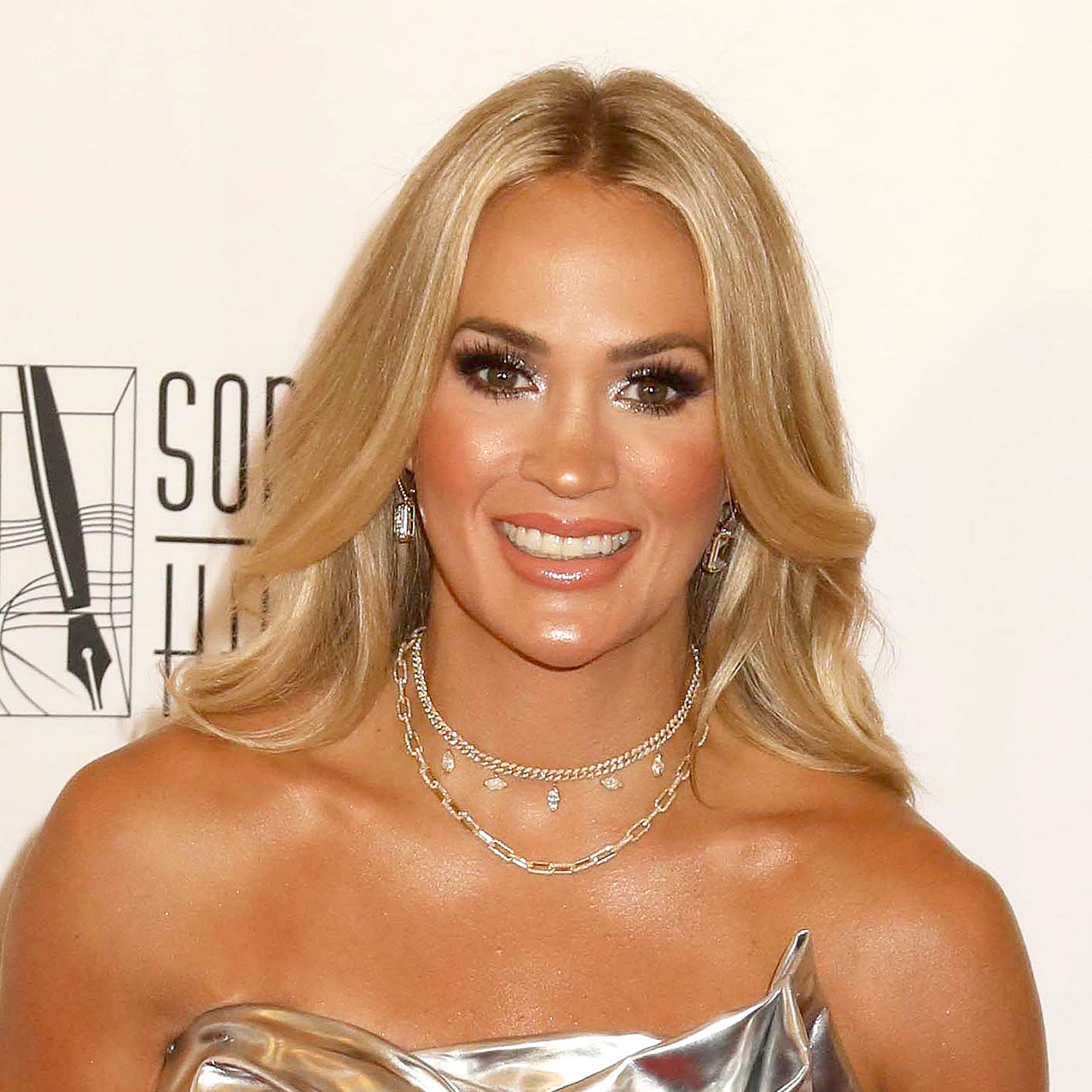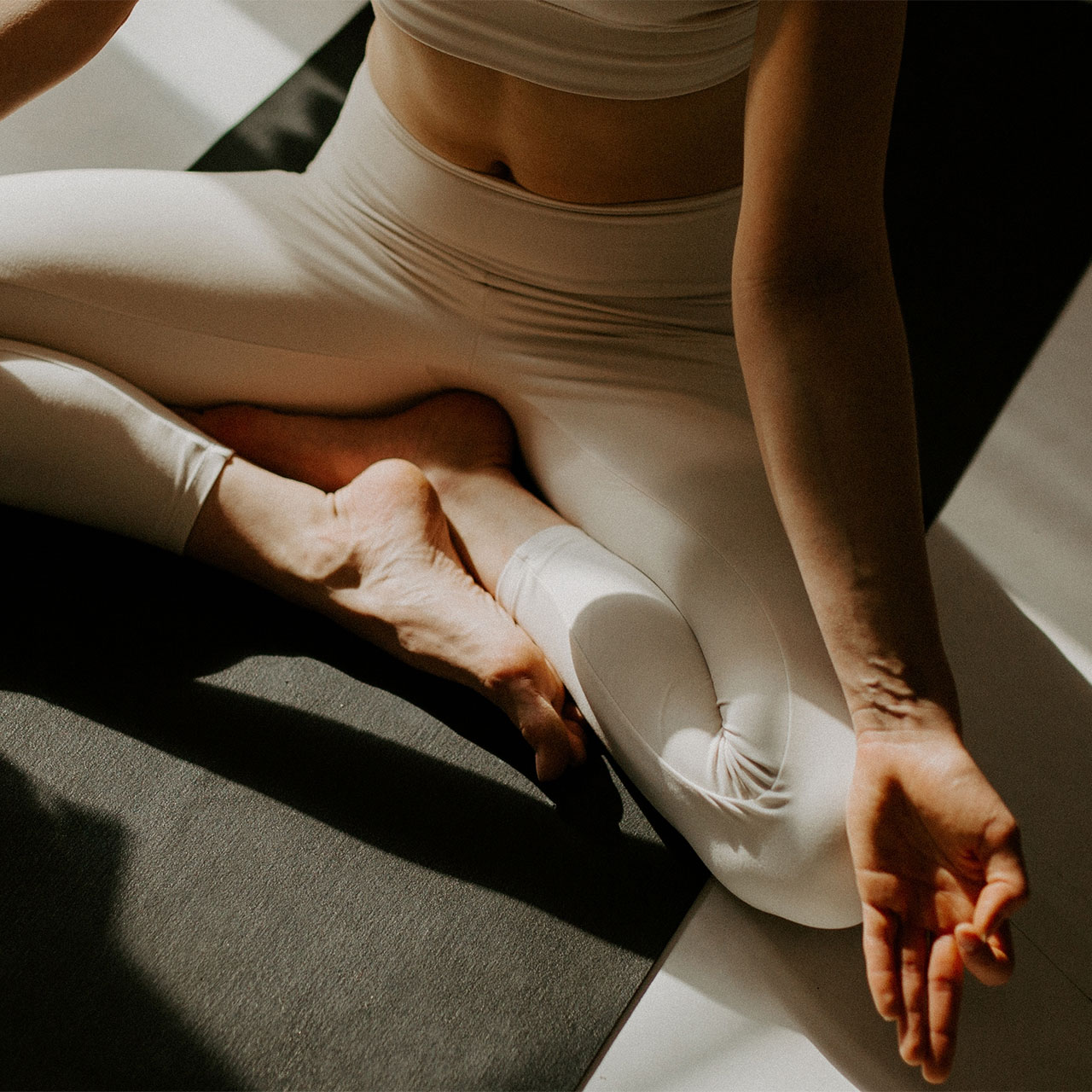This is an archived article and the information in the story may be outdated. Please check the time stamp on the story to see when it was updated last.
Do you crave salty foods? Well, you’re not alone. The average American eats around 3,400 mg of sodium per day, which is over 1,000 mg more than the suggested intake for adults. While salty snacks are delicious, eating too much sodium can have negative effects, including things like high blood pressure, heart disease, fluid retention, and bloating. A little bit of sodium is necessary for the body to function, but in exorbitant amounts, it could be putting you at risk for long term effects, and in the short term, could prevent you from feeling your best. Sodium is much like sugar in the fact that it’s hidden in so many signature American dishes and grocery store staples.


According to the FDA, it’s not the table salt you’re adding to food while cooking you should be worried about. Rather, prepackaged foods are usually the culprit when it comes to high sodium content. One place where it sneaks up on us the most is sauces--oftentimes, we don’t think to track the calories and nutrition facts of the sauces we consume, so we load up on sugars, flavorings, and of course, sodium, without realizing it.
The worst sauce if you’re trying to watch your sodium intake, according to dietitians, is soy sauce. “Soy sauce is one of the biggest if not the biggest offender when it comes to salt,” Says Dana Ryan, PhD, MBA, MA, a nutritionist and exercise physiologist. Although it’s delicious poured over rice or with sushi, it could be knocking you out of the park when it comes to staying within the recommended daily salt intake. “Soy sauce can have 200-500 mg of sodium or more per serving,” Adds Laura Gaston, a registered dietitian and founder of Busy Gal Nutrition. The average serving of soy sauce is one tablespoon, but when you’re out for sushi, odds are you won’t have a measuring spoon. The sodium intake could be way more than you realize!

Luckily, you have options when it comes to healthier swaps. Ultimately, it comes down to being vigilant. “Swaps that can help reduce sodium intake can be found simply by reading the label and being consciously aware,” Gaston says, “Comparing some of your favorites to others on the shelf can go a long way, or simply reducing your portion size.” You can also opt for the lower sodium options available on the market. “You can find low sodium versions at any grocery store and most restaurants will have it too, you may just have to ask,” Ryan says. You probably won’t even be able to tell the difference!
When it comes to salt, a little goes a long way. According to the FDA, the suggested sodium intake for Americans is around 2,500 mg, which is equal to around one teaspoon of salt! There are plenty of healthy swaps on the market that you can make, but that starts with reading the labels and getting a clear, accurate picture of how much salt you’re really eating.


























